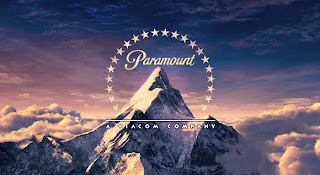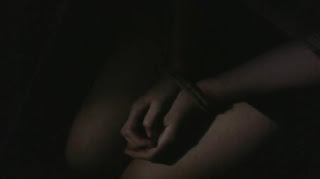The use of lighting was something I have never tried before, however we used lighting to great effect on our shoot. I learnt ways to create different of lighting, such as; beams, flooding, day-light and incandescent lights. I have also learnt how to use them in different ways to create different moods on shots.
Sunday, March 28, 2010
Evaluation Questions: Question 7; Looking back at your preliminary task, what do you feel you have learnt in the progression from it to the full product?
The use of lighting was something I have never tried before, however we used lighting to great effect on our shoot. I learnt ways to create different of lighting, such as; beams, flooding, day-light and incandescent lights. I have also learnt how to use them in different ways to create different moods on shots.
Posted by LATYMERMEDIA at 4:50 PM 0 comments
Labels: Evaluation, Main Task, Question 7
Evaluation Questions: Question 6; What have you learnt about technologies from the process of constructing this product?
This same insight can be said for the editing software we used.
Seen in our video.
2:14 to 2:26
Posted by LATYMERMEDIA at 4:07 PM 0 comments
Labels: Evaluation, Main Task, Question 6
Evaluation Questions: Question 5; How did you attract/address your audience?
Posted by LATYMERMEDIA at 2:02 PM 0 comments
Labels: Evaluation, Main Task, Question 5
Evaluation Questions: Question 4; Who would be the audience for your media product?
Posted by LATYMERMEDIA at 1:32 PM 0 comments
Labels: Evaluation, Main Task, Question 4
Evaluation Questions: Question 3; What kind of media institution might distribute your media product and why?

Posted by LATYMERMEDIA at 12:07 PM 0 comments
Labels: Evaluation, Main Task, Question 3
Evaluation Questions: Question 2; How does your media product represent different social groups?
We got the idea to run a OCD character from a video on youtube.
The stereotype for mental health is usually basic, but can sometimes go deeper showing extreme signs of psychosis. A prime example of this is from Silence Of The Lambs. In which we see a male character that is an OCD sufferer capture a girl and almost look after her. Which our character sticks very close to. This shows that mental instability can be shown in any form.
Posted by LATYMERMEDIA at 11:24 AM 0 comments
Labels: Evaluation, Main Task, Question 2
Evaluation Questions: Question 1; In what ways does your media product use, develop or challenge forms and conventions of real media products?
From watching the entire sequence we can assume who the villain is, however it is only late in the sequence when we find this out.
The man seen in the start of the sequence is only recognisable as the villain when we seen what he has done, or what we assume he has done.
Not only does this shot lead us to the disruption in the sequence, but it is also when we first see the man as a villain.
The shot clearly goes back through his house and into the shed at the end of the garden.

There is no clear evidence that the kidnapped female is the protagonist from the opening sequence, we may be able to guess as she is introduced early on, but the fact she is a victim maybe suggests she isn't. On the other hand, the film Quantum Of Solace, released in 2009. Shows Daniel Craig escaping after being captured. He is clearly the protagonist later in the film, but has to resolve an initial disruption before anything can happen.
Posted by LATYMERMEDIA at 7:08 AM 0 comments
Labels: Evaluation, Main Task, Question 1






























